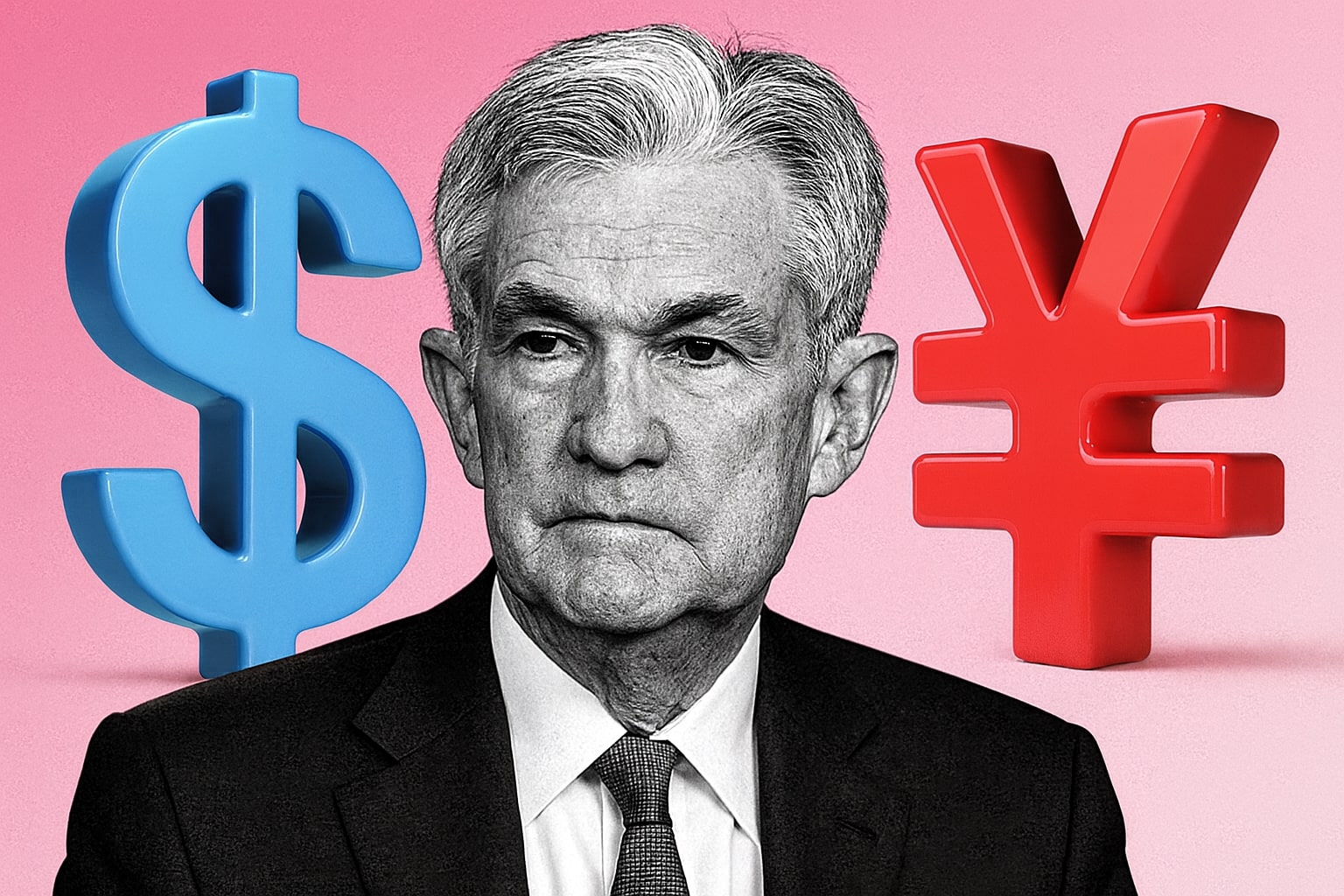
GBP/USD Price Forecast: Sterling Weakens as UK Gilt Yields Surge and Dollar Rebounds
Sterling trades near 1.3315 with fiscal fears mounting, gilts at 5.69%, and U.S. jobs data set to drive Fed rate cut bets | That's TradingNEWS
GBP/USD Price Slumps as UK Gilt Yields Hit Multi-Decade Highs
The British pound collapsed against the U.S. dollar, with GBP/USD falling as much as 1.2% intraday and erasing all the gains it posted after Jerome Powell’s dovish Jackson Hole speech on August 22. At the core of the decline sits the violent repricing of UK sovereign debt, where the 30-year gilt yield spiked to 5.69%, a level not seen since March 1998. That surge reflects growing concern over Chancellor Rachel Reeves’ heavy borrowing plans, ballooning deficits, and the heightened risk premium demanded by investors. The market drawdown draws strong parallels with the 2022 gilt crisis triggered by Liz Truss’s “mini-budget,” where unsustainable fiscal policy shattered confidence and sparked a sterling free-fall.
GBP/USD Technical Breakdown Accelerates Below Key Supports
On the technical front, GBP/USD slipped under its key moving averages, with the pair now trading below both the 20-day and 50-day levels. The 4-hour RSI sits deep in oversold territory, below 30, yet momentum remains bearish. Bears are targeting the medium-term pivotal zone between 1.3315 and 1.3280, defined by the 61.8% Fibonacci retracement of the early August rally and the ascending trendline from the January 13 low. Immediate resistance rests at 1.3460, and only a break above that level would neutralize the near-term bearish tone. If the pair pierces 1.3315 decisively, the path opens toward 1.3200 and potentially 1.3130, completing a deeper A-B-C-D bearish structure that has been unfolding since July.
Macro Headwinds from UK Fiscal Fragility
The market’s message is blunt: sterling’s weakness is driven by fiscal credibility fears. With borrowing costs surging, Reeves’ need to raise funds has unsettled gilt buyers who demand higher yields for long-dated paper. In April, revenues collapsed by more than 20% compared to last year, and the UK budget deficit continues to widen. Investors now view the Autumn Budget as a flashpoint for renewed volatility, with questions over whether Reeves can stabilize debt trajectories without aggressive tax hikes or spending cuts. As of September 2, sterling remains the weakest among major currencies on a rolling one-day basis, with the dollar posting a 1.1% gain versus GBP.
U.S. Data and Dollar Dynamics Drive Additional Pressure
Sterling’s slide is compounded by U.S. momentum. The Dollar Index (DXY) bounced back to 98.19, recovering from 97.54, bolstered by geopolitical safe-haven demand and anticipation of fresh PMI data. August’s ISM Manufacturing PMI is projected at 49.0, up from 48.0, with the Prices Paid component at 65.1 versus 64.8 prior. Friday’s nonfarm payrolls report looms even larger, with forecasts calling for a 75,000 job gain and unemployment at 4.3%. Traders assign an 89% probability of a September Fed rate cut, but strong employment could delay deeper easing. For now, the Fed’s trajectory and Trump’s attacks on the central bank’s independence add to dollar volatility, yet GBP/USD remains skewed to the downside as long as the UK’s fiscal credibility is under attack.
GBP/USD Short-Term Trading Signals and Market Positioning
Trading signals reflect that the bearish camp has regained firm control. Short positions are favored between 1.3520 and 1.3550, with stops just above 1.3570. Profit-taking zones stretch toward 1.3400, 1.3315, and 1.3280, with the latter forming the fulcrum of the medium-term outlook. A counter-trend long trade would only become attractive if GBP/USD breaks and holds above 1.3560, a threshold that would re-target the 1.3590–1.3639 zone. Market internals, however, suggest that such a bullish reversal is unlikely given the bond market rout. Liquidity grab patterns and repeated failures to hold above August’s breakout levels underscore the dominance of sellers.
Sterling Outlook and Risk Context
Sterling’s volatility is not isolated. Broader markets show gold rallying past $3,500 per ounce, the euro firming against the dollar, and U.S. yields bouncing on tariff headlines. In this global environment, GBP/USD lacks domestic support, with manufacturing PMI contracting at 47.0 for August compared with July’s 48.0. Meanwhile, dollar resilience is reinforced by global safe-haven flows as Eastern Europe tensions escalate. Unless UK policymakers restore credibility, the market will continue to test sterling’s lower bounds. The two-week high at 1.3540 posted earlier in the week has already been rejected, and key resistance at 1.3590 remains intact. With the fiscal story dominant, the near-term outlook remains bearish, pointing to continued downside pressure until gilt yields stabilize.
That's TradingNEWS
Read More
-
Baidu Stock Price Forecast - Bidu at $120 AI, Chips and Robotaxis Clash With China Macro Fears
15.12.2025 · TradingNEWS ArchiveStocks
-
XRP Price Forecast - XRP-USD Holds $1.90 Support as Bulls Target a Break Toward $2.60–$2.70
15.12.2025 · TradingNEWS ArchiveCrypto
-
USD/JPY Price Forecast - Dollar to Yen At 155: Yen Strength Builds As BoJ Hike And NFP Collide
15.12.2025 · TradingNEWS ArchiveCommodities
-
Stock Market Today - Dow, S&P 500 and Nasdaq Futures Climb as Gold and Tsla Stock Jumps and Wall Street Awaits Jobs Data
15.12.2025 · TradingNEWS ArchiveMarkets
-
GBP/USD Price Forecast - Pound Holds 1.34 Ahead of BoE 3.75% Cut and Key US Jobs Data
15.12.2025 · TradingNEWS ArchiveForex



















